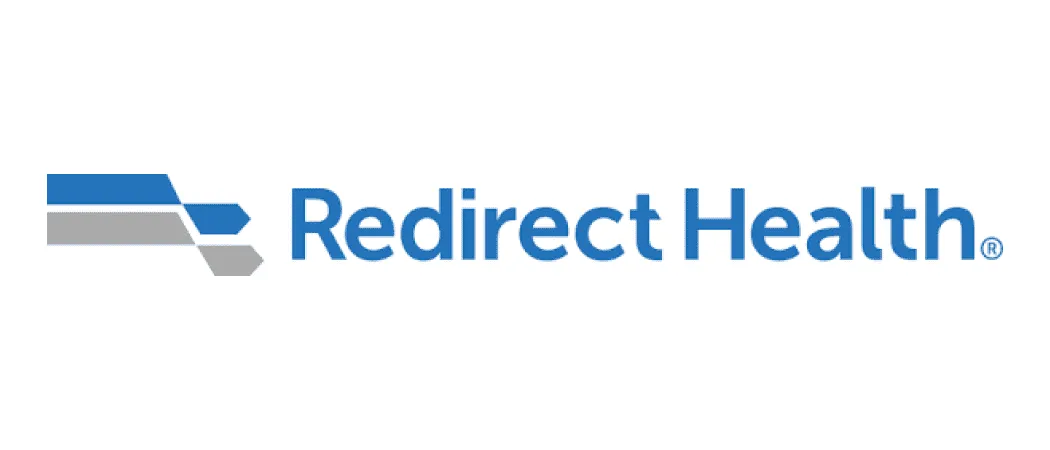Insurance
Services
Our Insurance blog posts

ACA 2026 Updates: Key Changes, Eligibility Rules, and What to Expect This Enrollment Year
The Affordable Care Act (ACA) continues to evolve each year to improve affordability, expand access to coverage, and strengthen the health insurance marketplace. As we approach the 2026 enrollment period, several updates and policy adjustments may influence how individuals, families, and mixed-status households apply for and use their ACA health plans.
This guide compiles what is currently known, identifies key evergreen concepts that remain consistent year after year, and explains how ACA rules generally affect consumers—making it a valuable resource whether you are enrolling today or preparing for coverage in the future.
1. Overview of ACA 2026: What Remains the Same
Although some annual adjustments change, the foundation of ACA coverage stays consistent. These evergreen elements help readers understand ACA even if specific numbers (like income thresholds or premiums) vary from year to year.
Guaranteed Features That Continue in 2026
Marketplace plans must cover essential health benefits.
Pre-existing conditions cannot increase your premiums or stop you from getting coverage.
Most consumers qualify for subsidies (premium tax credits).
Open Enrollment typically occurs from November 1 to mid-January (varies by state).
Special Enrollment Periods allow you to enroll after major life events.
Immigrants with eligible statuses can apply, and mixed-status households continue to qualify based on household income.
These evergreen rules form the baseline for understanding ACA every year, including 2026.
2. Marketplace Affordability Trends for 2026
Although final premium numbers vary by state and insurer, several long-term affordability trends influence ACA plans year after year.
Expected Premium Adjustments
Historically, premiums change annually based on:
Medical costs and inflation
Prescription drug pricing
Health system utilization
Marketplace competition in each region
While premiums may rise or fall in 2026, subsidies typically adjust to offset these changes for qualifying households.
Subsidies Continue to Play a Central Role
Premium tax credits remain the primary tool to reduce the monthly cost of health insurance. These subsidies depend on:
Your household size
Your modified adjusted gross income (MAGI)
The cost of the second-lowest silver plan in your area
This structure is unlikely to change for 2026.

3. Eligibility Rules and Income Guidelines for 2026
ACA eligibility rules stay relatively stable each year, though income brackets may shift slightly based on federal poverty level (FPL) updates.
Who Can Apply for ACA Plans in 2026?
You are eligible for ACA marketplace coverage if you:
Live in the U.S.
Are not eligible for Medicare
Are not incarcerated
Are lawfully present (immigration-eligible categories only)
Mixed-status households can continue applying based on household income, even if not all members have eligible immigration status.
Evergreen Income Principles
Households typically qualify if their income is between 100% and 400% of the federal poverty level, although many states and subsidy rules allow for flexibility above those thresholds.
Children in mixed-status families may qualify for Medicaid or CHIP depending on the state.
4. ACA 2026 Enrollment Dates
Although the exact final dates can vary, these general timelines help readers plan.
Expected ACA 2026 Open Enrollment Window
Starts: November 1, 2025
Ends: Most likely mid-January 2026
Some states may extend enrollment beyond federal deadlines.
Special Enrollment Periods (SEP) Available in 2026
You may qualify for a SEP if you experience:
Loss of job-based insurance
Marriage or divorce
Birth or adoption
A move to a new coverage area
Changes in immigration or lawful presence status
5. Coverage Options Expected to Continue in 2026
ACA plans will still be divided into familiar metal tiers:
Bronze: Lower monthly costs, higher deductibles
Silver: Balanced coverage; required for cost-sharing reductions (CSR)
Gold: Higher monthly costs, lower deductibles
Platinum: Highest premiums, lowest out-of-pocket costs
Cost-Sharing Reductions (CSR)
CSR benefits, available to qualifying low-income households, will continue only with Silver plans.
6. Updates for Mixed-Status and Immigrant Families
Mixed-status households remain a critical part of the ACA system.
Evergreen Key Points
A family can apply even if not all members have eligible immigration status.
Household income includes all members filing taxes, regardless of status.
Legally present immigrants may qualify for full ACA benefits.
Undocumented individuals cannot enroll, but their household still qualifies for subsidies.
This continues unchanged into 2026.

7. Preventive Care Requirements in 2026
ACA plans must continue covering preventive services at no extra cost:
Annual physicals
Vaccinations
Cancer screenings
Blood pressure and diabetes screenings
Women’s health services
Pediatric wellness exams
These evergreen requirements apply regardless of plan type or provider network.
8. What Consumers Should Do to Prepare for ACA 2026 Enrollment
Even with stable ACA rules, consumers can take practical steps to ensure smooth enrollment.
Evergreen Preparation Checklist
Review your current plan to see if premiums or coverage are changing.
Update your household income to avoid tax penalties or subsidy miscalculations.
Compare plans again, even if you like your current one.
Check provider networks to make sure your doctors are still included.
Confirm medication coverage using each plan’s drug formulary.
Prepare documents such as income verification or immigration records (if applicable).
We offer a wide range of insurance services, backed by the best companies on the market, designed to cover all your protection needs.

Available Policies
Health Insurance
Obamacare
Medicare
Private Insurance
Corporate insurance packages
Life Insurance
Individual
Group
Indexed Policies
Indexed policies are life insurance that grow in value according to the market.
If the market goes up, your money grows.
If the market goes down, you don't lose because there is cero risk.
It is a safe way to invest and protect your money.
Medicaid and Social Security Benefits Advisory
Supplemental Coverage
Dental
Vision
Hearing
Accidents
Cancer
Disability
Out-of-Pocket Insurance
An out-of-pocket insurance is a policy designed to protect you from the highest medical costs. This insurance pays medical expenses that exceed a certain limit, ensuring that you do not have to pay more than a specific amount. This way, it helps you manage unexpected and high healthcare costs, providing you with financial peace of mind.
Internation Health Insurance
We offer insurance in the USA, Mexico, and worldwide.
Our Commercial Partners



Call Us Now
469-405-7054

